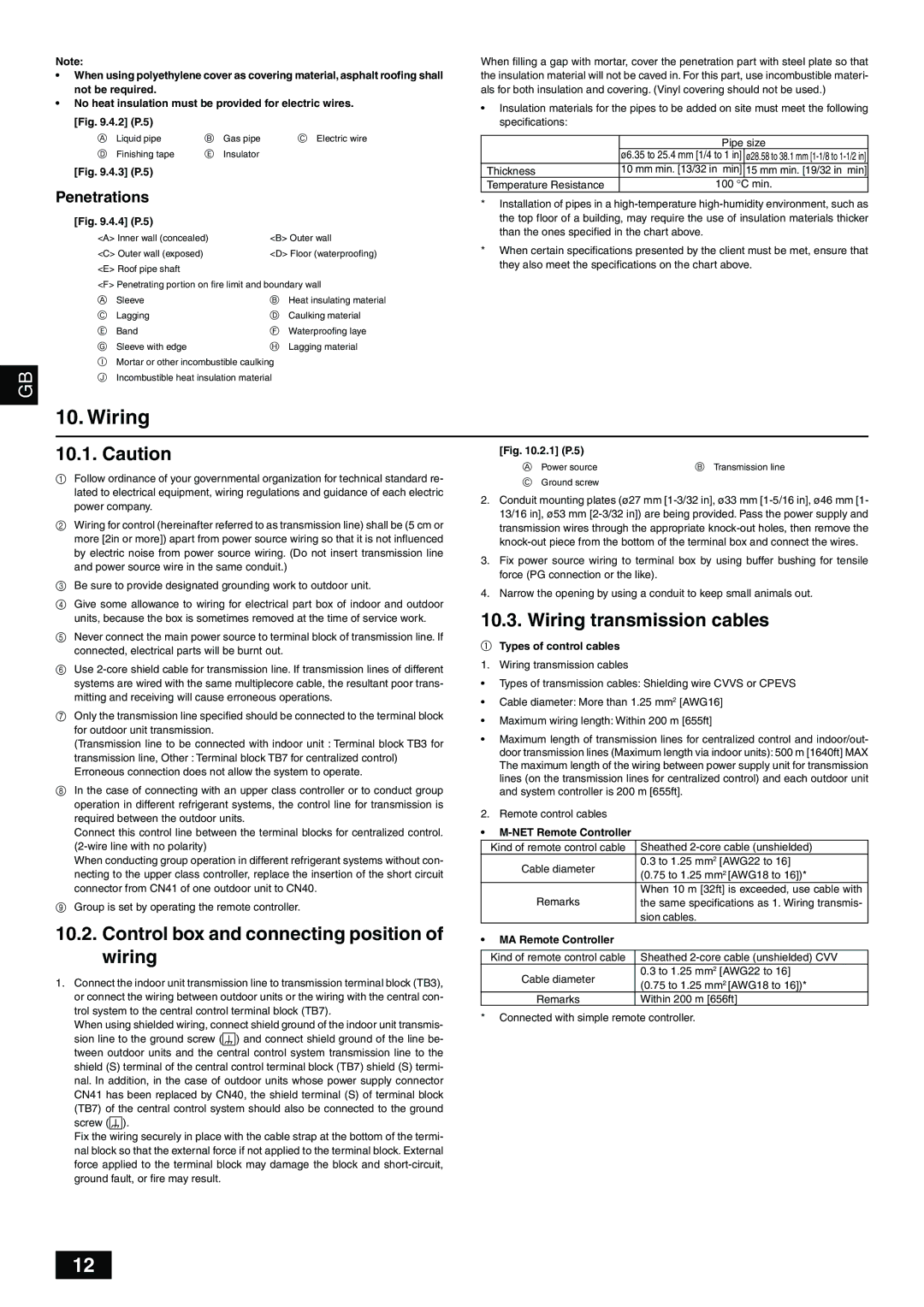PUHY-P-TGMU-A specifications
The Mitsumi Electronic PUHY-P-TGMU-A is a cutting-edge multi-split air conditioning system that adopts advanced technologies to enhance indoor comfort and energy efficiency. Designed for both residential and commercial use, this unit stands out due to its innovative features and remarkable performance capabilities.One of the key characteristics of the PUHY-P-TGMU-A is its ability to effectively cool or heat multiple spaces simultaneously. With a capacity range that meets the demands of diverse environments, this system can seamlessly cater to larger installations. This makes it ideal for office buildings, retail spaces, or homes with multiple rooms requiring climate control.
The unit is equipped with inverter technology, which allows for variable speed operation of the compressor. This not only results in significant energy savings but also provides a stable temperature and optimal comfort levels. The inverter technology adjusts the power consumption based on the cooling or heating requirements in real-time, thereby reducing energy costs and increasing overall efficiency.
Another outstanding feature is the advanced air filtration system. The PUHY-P-TGMU-A incorporates a combination of pre-filters and HEPA filters that effectively reduce airborne particles, allergens, and pollutants. This ensures that the air circulated within the environment remains clean and healthy, making it an excellent choice for those with respiratory sensitivities.
In addition, the unit comes with smart connectivity options. Users can control the system remotely through a smartphone app, allowing for seamless adjustments to settings from anywhere at any time. This smart technology not only enhances convenience but also enables users to monitor energy consumption and adjust schedules to maximize efficiency when spaces are unoccupied.
Thermal management technologies integrated into the PUHY-P-TGMU-A ensure rapid and effective heat exchange, further improving performance. Its sleek design and compact dimensions allow for flexible installation, making it suitable for a variety of architectural styles.
The PUHY-P-TGMU-A is not only about performance; it emphasizes quiet operation too. The design minimizes noise levels, ensuring that the atmosphere remains tranquil even during peak operation.
In summary, the Mitsumi Electronic PUHY-P-TGMU-A combines sophisticated technology, energy efficiency, and user-friendly features to create a versatile and highly effective climate control solution. Whether for personal or business use, this multi-split air conditioning system proves to be an investment in comfort and innovation.

